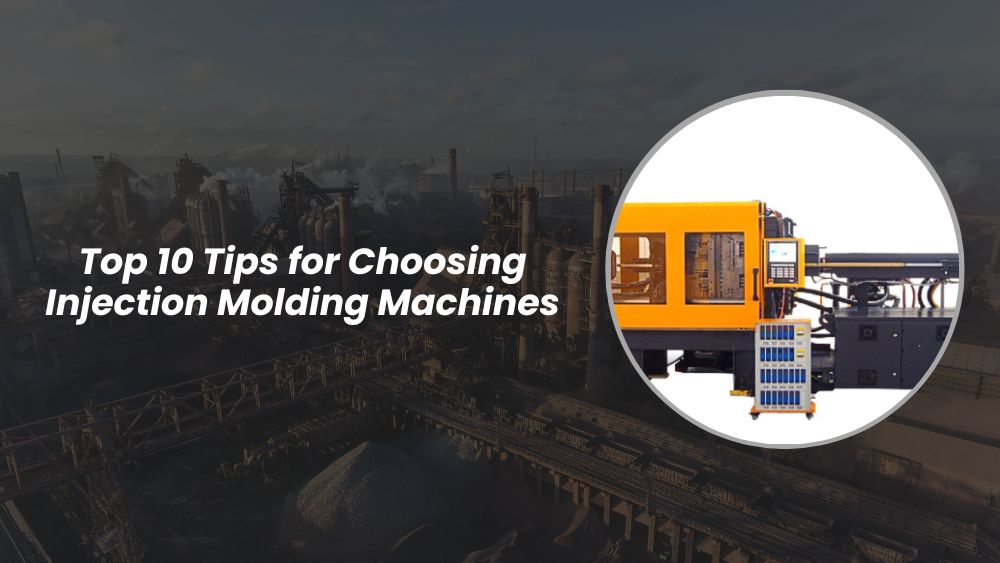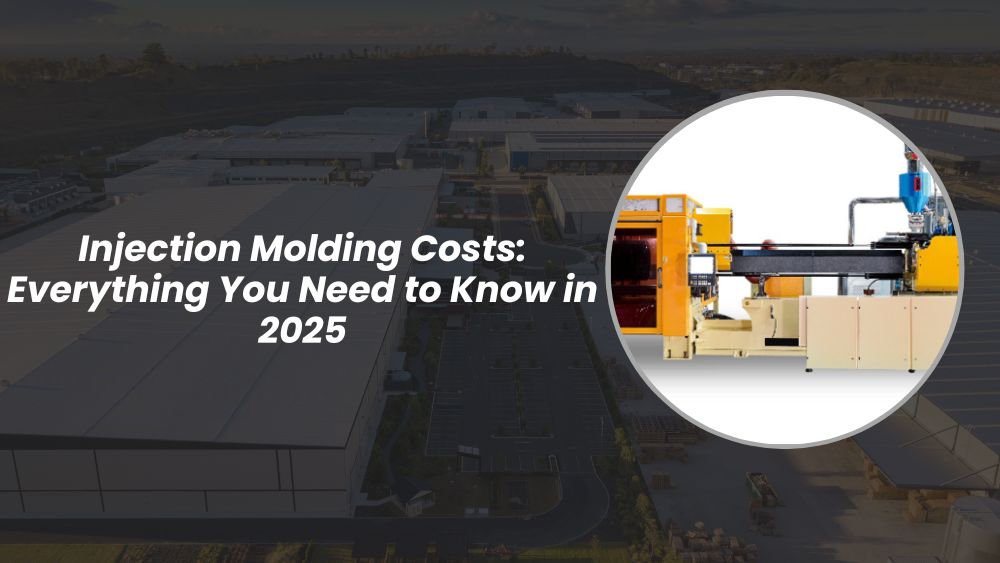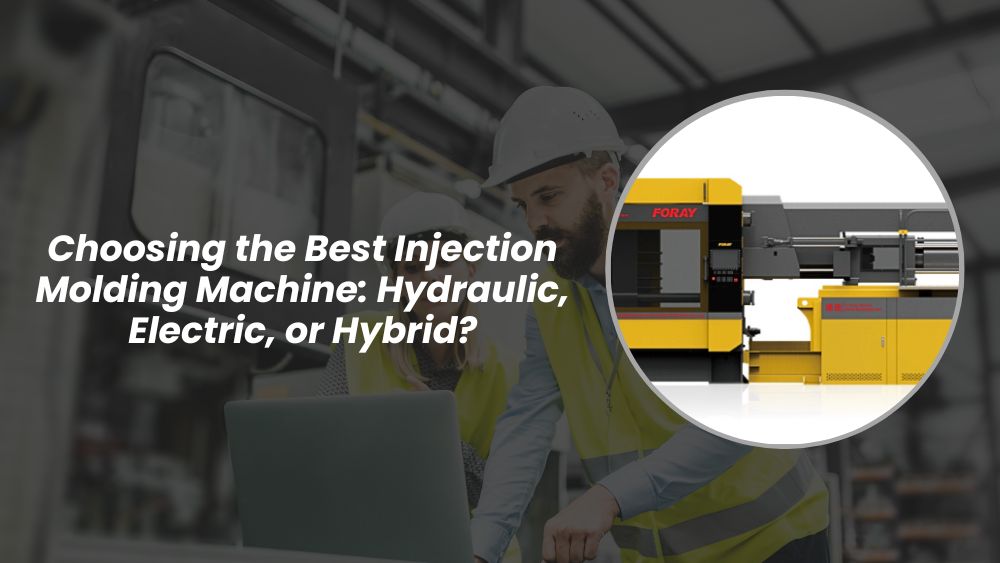_1736146721_WNo_1000d563.webp)
When it comes to injection molding, the machine you choose can make or break your production process. Whether you're a small business or a large manufacturer, selecting the right injection molding machine is critical to achieving high-quality results and keeping operational costs under control. With so many options available—hydraulic, electric, and hybrid—it's easy to feel overwhelmed. But don't worry! In this blog, we'll walk you through the top 10 tips for choosing injection molding machines that will save you time, money, and frustration.
By the end of this article, you’ll be equipped with the knowledge to select the perfect machine for your needs, ensuring your manufacturing process is as efficient and cost-effective as possible.
Selecting the right injection molding machine is not just about getting the best deal—it's about finding the perfect balance between cost, efficiency, and production quality. The wrong choice can lead to poor product quality, higher operational costs, and delays in your manufacturing timeline. On the other hand, the right machine will enhance productivity, reduce waste, and ensure consistent, high-quality parts. Here are top tips for choosing injection molding machines that align with your business needs.
Here are the top 10 tips for choosing an injection molding machine:
Before choosing a machine, assess your production needs. How large are your parts? What’s your production volume? If you’re producing small, intricate parts, you might need a high-precision machine. Conversely, larger, less detailed parts may only require a basic machine. Production volume plays a major role in the type of machine you choose, so understanding your specific production requirements will help guide your decision.
Hydraulic injection molding machines, electric injection molding machines, and hybrid injection molding machines each have their own unique advantages. Hydraulic machines are typically less expensive and highly versatile, making them suitable for high-tonnage applications. Electric injection molding machines offer precision and energy efficiency, though they come at a higher initial cost. Hybrid machines combine the benefits of both hydraulic and electric machines, offering a balance between energy efficiency and versatility.
Energy efficiency is a key factor in injection molding machine efficiency. Electric machines tend to be more energy-efficient than hydraulic machines. They consume less power during the molding cycle, which can translate into significant savings in energy costs over time. For high-volume operations, energy-efficient injection molding machines can lower operational costs and increase profitability.
Machine size and clamping force are crucial for ensuring you select a machine that can handle the size and complexity of your parts. The clamping force is the pressure the machine can exert to keep the mold closed during the injection process. Ensure the machine's size and clamping force align with the dimensions and complexity of your mold to avoid any production issues.
Consistency and precision are key in producing high-quality molded parts. Machines with higher precision and repeatability ensure that your parts come out exactly as designed, with minimal defects. For industries where tolerance is critical, such as medical or automotive, investing in machines that offer high precision is essential.
The cost of ownership extends far beyond the initial price tag. When considering an injection molding machine, factor in the cost of maintenance, energy consumption, and potential repairs. While electric injection molding machines may have a higher upfront cost, their long-term savings in maintenance and energy consumption can make them a more cost-effective choice.
Choosing a machine from a manufacturer that offers strong technical support and readily available spare parts can save you time and money in the long run. Machines often require adjustments or repairs, so having quick access to support can minimize downtime and keep your production running smoothly. Always check the supplier’s reputation for providing after-sales support.
Modern injection molding technology offers a range of advanced features that can significantly improve your production process. Features such as automation, mold cooling systems, and real-time monitoring can enhance efficiency and part quality. Consider whether your machine will need additional features like mold cooling or robotic arms to fully automate your production line.
Injection molding machine reliability and longevity are key factors in ensuring that your investment pays off over the years. Machines that are built for durability, with high-quality components, are less likely to break down, ensuring a longer lifespan. It's important to choose a machine that is known for its reliability, which will reduce maintenance costs and production interruptions.
A machine is only as good as the company behind it. Look for suppliers who have a strong reputation in the industry and a proven track record of delivering high-quality, reliable machines. An experienced supplier will not only provide a better product but also offer valuable guidance during the selection process and after-sales support.
When choosing an injection molding machine, it’s easy to make mistakes that could cost you in the long run. Avoid common errors such as:
By taking these factors into consideration, you can make an informed, confident choice that suits both your immediate needs and long-term goals.
Choosing the right injection molding machine can significantly impact your production process, product quality, and overall profitability. By following these top 10 tips, you’ll be well-equipped to make the best decision for your business. Whether you're in need of a hydraulic, electric, or hybrid machine, understanding your production requirements, assessing energy efficiency, and considering long-term costs will help you select a machine that provides maximum value.
Contact FORAY to discuss your injection mold needs
Recommended content:


















